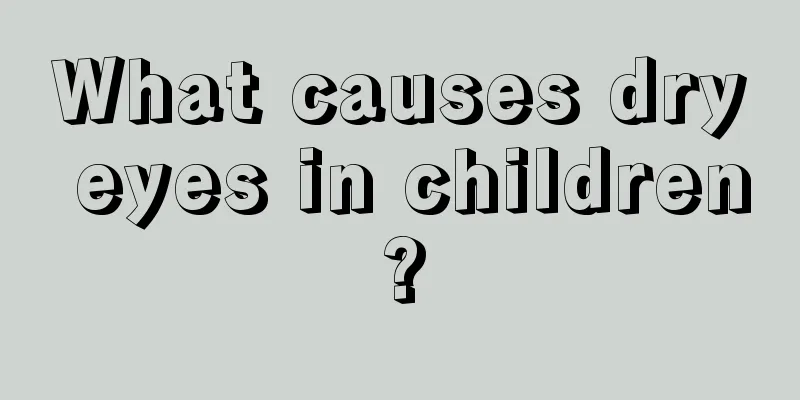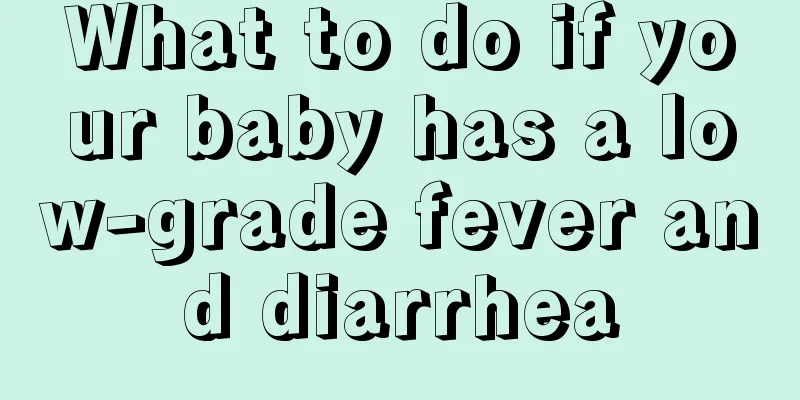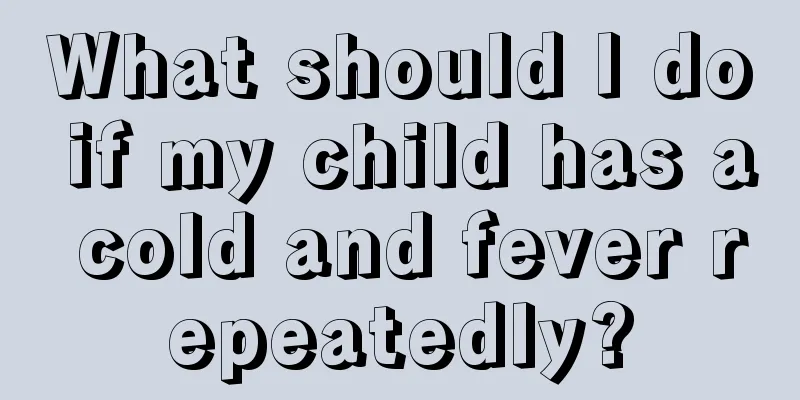What is the difference between measles and exanthema?

|
Children are still in the stage of growing up, and they are easily affected and harmed by some adverse diseases, and the more common ones are measles and roseola infantum. Therefore, parents should have a scientific understanding of these diseases, so that even when faced with such problems, they can deal with them rationally and try their best to reduce the adverse effects of roseola on children's health. The following analysis is the difference between measles and roseola infantum. Measles: The condition is more serious, with fever first, which can reach 39-40°C, and rash appears 3-4 days later, first on the hairline behind the ears, gradually spreading to the forehead, face, neck, trunk, limbs, and finally to the palms and soles of the feet. All symptoms will appear within 5 to 7 days, and the fever will gradually return to normal after the rash subsides. The main characteristics of measles are typical measles spots on the buccal mucosa of the mouth, accompanied by symptoms such as cough, runny nose, red eyes, fear of light, tearing, and excessive eye discharge. The rash is about 2 to 4 cm in size, red in color, and fades when pressed initially. There is normal skin between the rashes. After the rash subsides, dandruff remains on the skin. May be complicated by pneumonia, laryngitis and vitamin A deficiency, etc. Rubella: Symptoms are generally mild, with a body temperature of 38-39°C. The rash appears early and quickly, covering the entire body in 1-2 days and disappearing in 2-3 days. The rash is more common on the trunk and less common on the limbs. After the rash subsides, desquamation is generally not obvious. The lymph nodes behind the ears, behind the neck, and behind the occipital bone are often enlarged and tender. The rash is light red, smaller than measles, and slightly raised. There is no specific treatment for this disease and complications are rare. Roseola infantum: The onset is acute, the condition is mild, and it mostly occurs in children under 1 year old. It is characterized by sudden high fever that lasts for 3 to 5 days, followed by a sudden drop in body temperature. A rash appears after the fever subsides, and the rash disappears quickly without dandruff. The child was generally in good condition during the high fever period, with enlarged suboccipital and posterior cervical lymph nodes and no complications. Because the symptoms of many diseases may be similar, many people may be easily confused and delay treatment, which will cause more harm to the health of their children. Therefore, every parent is reminded to better understand the differences and symptoms of these diseases and use symptomatic medications. |
<<: What are the symptoms of ADHD in a four-year-old child?
>>: What is the treatment for diarrhea in children?
Recommend
When does the ductus arteriosus close in children?
Every move of the children concerns the parents, ...
How to care for infantile hemangioma?
When a baby is young, any slight discomfort in th...
Complications that babies born one month prematurely are prone to
Some families do not take the baby too seriously ...
How can a 13-year-old girl lose weight?
In modern society, people pay attention to thinne...
What to do if your 3-year-old baby has a rebellious temper
Parents should use different educational methods ...
Why does a child's tongue peel?
Since children are relatively young, they general...
What should I do if my child is always angry?
Nowadays, because many parents spoil their childr...
Causes of herpetic pharyngitis in children
Herpetic pharyngitis in children is a headache fo...
What to do if your baby chokes on milk
Babies are prone to choking on milk when they are...
Introduction to how many months does it take for babies to learn to walk
If we want to take better care of our children in...
What to do if your child cries at night
It is very normal for children to cry at night. A...
What to do if children have constipation
Constipation is very common in our lives, not jus...
Prevention and treatment measures for viral colds in children
Colds are the most common and most frequent of al...
What kind of milk is good for children
Milk is a very common food. It is rich in nutrien...
What medicine should a three-year-old baby take for vomiting?
We all know that when a baby reaches the age of t...









